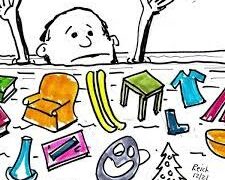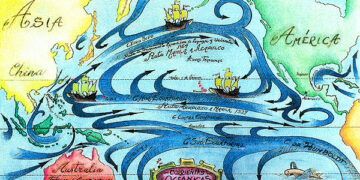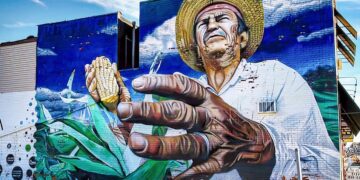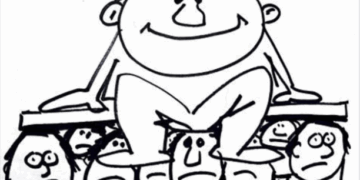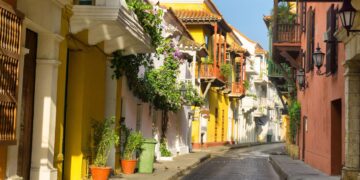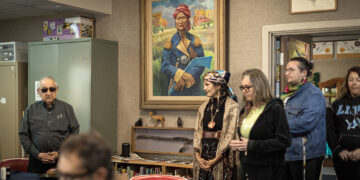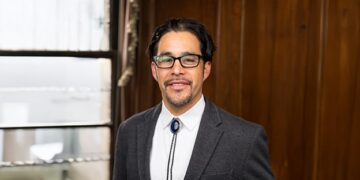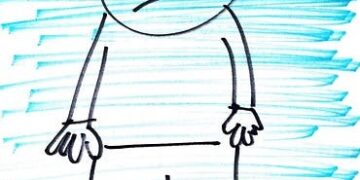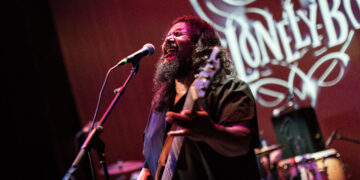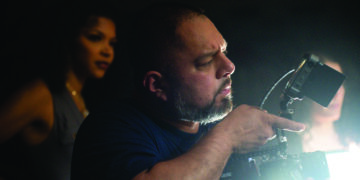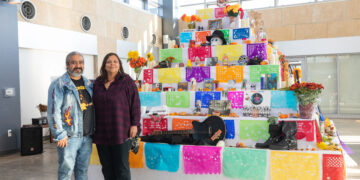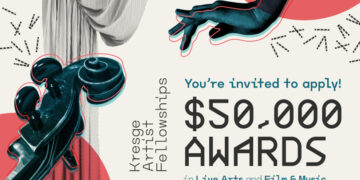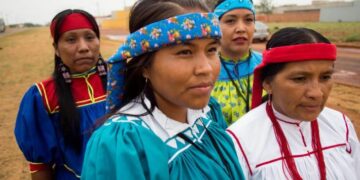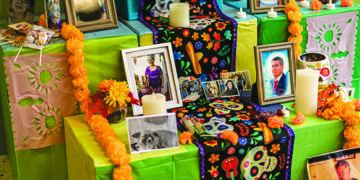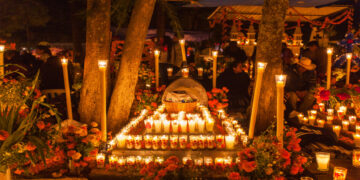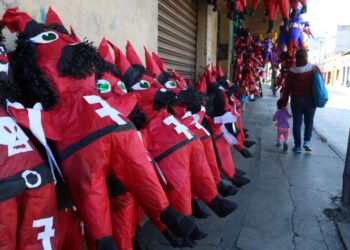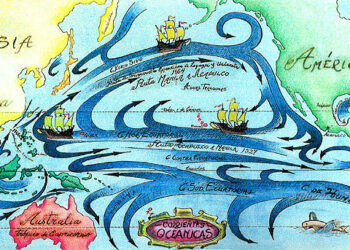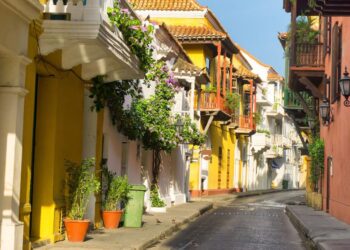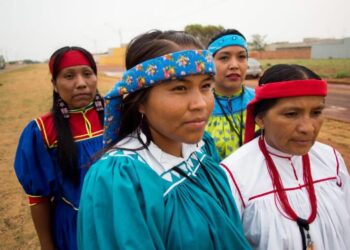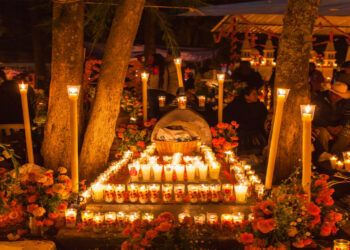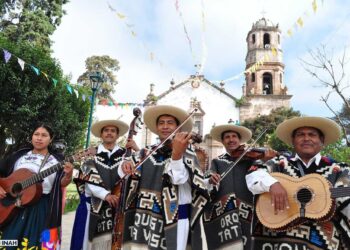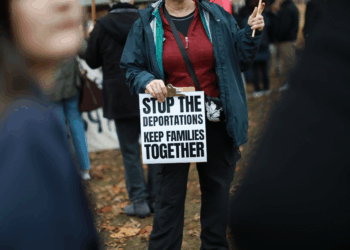Chile es el país más largo del mundo con 4,300 kilómetros de costa contigua, siendo también el país más al sur del continente americano y punto más cercano a la Antártica. Su nombre oficial es República de Chile y su capital es la ciudad de Santiago. Chile comparte con Argentina la región Austral de la Tierra de Fuego, así como la Patagonia. Es un país tricontinental, puesto que la Isla de Salas y Gómez, así como Isla de Pascua se encuentran en el archipiélago de las Polinesias en el continente de Oceanía; también cuenta con un fragmento territorial en el Antártico.
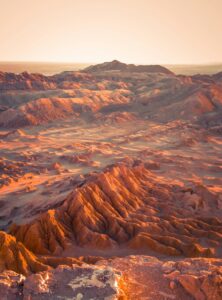
Chile es un país de gran diversidad, no sólo étnica, sino también ambiental, pues cuenta con climas que van desde las regiones desiertas en Atacama, las serranías Andinas, las Costas de los archipiélagos polinesios, los bosques australes de la Patagonia y los territorios Antárticos.
La ciudad de Santiago cuenta con grandes edificios y se encuentra en un valle entre la cordillera de los Andes y la cordillera de la costa. La mayoría de la población del país radica en Santiago.
En la actualidad Chile es considerado también un país multicultural debido a las diferentes comunidades, no sólo los mestizos y descendientes europeos, sino también los pueblos indígenas en Chile, entre éstos se encuentran Aymara, Atacameño, Kawésqar, Kolla, Mapuche, Quéchua, Rapanui, Yagán.
Los Kawésqar son el pueblo que radica en el extremo sur en el archipiélago de las islas del parque nacional Kawésqar.
Muchos de los mitos y leyendas de algunos de los pueblos indígenas australes coinciden en organización social con base en el liderazgo de las mujeres, o bien, matriarcados.
Mito Kawésqar: El hijo del canelo
Algunos cuentan que hace mucho tiempo, en la costa occidental de la isla Wellington, y en otros lugares de la Patagonia occidental, hubo monstruosos animales que devoraban a los hombres. Guairabos gigantes, pulpos, ballenas y gaviotas descomunales, tiuques, cormoranes y cuervos enormes comían todo a su paso. Había clanes donde ya no quedaban mujeres, porque los monstruos las aniquilaron a todas. Finalmente, solo sobrevivieron dos hombres que en el momento de las matanzas andaban cazando.
En ese tiempo, en el territorio no había más que un árbol de canelo y se dice que de él nació, como una semilla, un hombre.
Cuentan que una noche, mientras los dos hombres lloraban la muerte de sus esposas e hijos, oyeron el llanto de un infante. Al buscar, encontraron a un niño bajo el árbol canelo. Lo acogieron, sin embargo, tenían poca esperanza de que sobreviviera, pues pensaban que moriría a falta de leche materna para alimentarlo. Los hombres, con sus esfuerzos le dieron de comer lo que tenían; así vieron que el niño crecía de manera excepcional: después de unos días el niño ya era todo un hombre al que conocía como el hijo del Canelo, de manera que nunca olvidara de dónde venía.

El Hijo del Canelo decía que el árbol era su madre, así defendía con fervor al árbol del Canelo, no quería que nadie tocara, lo rasmillara, ni le sacara corteza.
Los animales le temían, pues el Hijo del Canelo era un hombre muy alto y grande, además que podía pasar de niño a adulto a voluntad, conmover como niño si era necesario o defender como hombre ante la ferocidad.
Le comenzaron a llamar Alape (Alto), porque era muy largo.
Y aunque los hombres que lo criaron poco lo dejaban salir de la choza pues temían que los animales gigantes lo tragaran, éstas continuas prohibiciones tenían en el un efecto contrario, pues en lugar de crecer en su espíritu el temor, Alape deseaba salir a cazar esos animales gigantes, de manera que se ocupó durante un tiempo en construir a escondidas de los hombres un gran arpón.
Un día los hombres vieron el arpón, al confrontar a Alape este les dijo que lo había construido para cazar a los monstruos, dejando en ese momento la choza y dirigiéndose a la playa donde se enfrentó con un animal al que insertó en su arpón. Luego regresó a la choza y preguntó a los hombres: “¿Dónde está el pájaro que andaba merodeando?”. Ellos le respondieron que no saliera, pues los monstruosos animales lo aniquilarían. Pero él prosiguió: “¿Dónde vive el monstruo?”. Y ellos le contestaron: “En el seno”. El joven se embarcó y remando se aproximó al monstruo y lo mató; encontrando así justicia para todos aquellos que habían sido a su vez exterminados, convirtiéndose en el héroe de los hombres.
Tiempo después, cuando Alape pensaba que se encontraba sólo en el mundo se encontró con una mujer con la que se casó y tuvo sus hijos.
Add Your Heading Text Here
Chile is the longest country in the world with 4,300 kilometers of contiguous coastline, and is also the southernmost country on the American continent and the closest point to Antarctica. Its official name is the Republic of Chile and its capital is the city of Santiago. Chile shares with Argentina the southern region of Tierra del Fuego, as well as Patagonia. It is a tricontinental country, since the island Isla de Salas y Gómez, as well as the Island Isla de Pascua, are located in the Polynesian archipelago on the continent of Oceania; it also has a territorial fragment in Antarctica.

Chile is a country of great diversity, not only ethnic, but also environmental, since it has climates that range from the desert regions in Atacama, the Andean mountain, the coasts of the Polynesian archipelagos, the southern forests of Patagonia and the Antarctic territories.
The city of Santiago has large buildings and is located in a valley between the Andes mountain range and the coastal mountain range. The majority of the country’s population lives in Santiago.
Today, Chile is also considered a multicultural country due to the different communities, not only the mestizos and European descendants, but also the indigenous peoples in Chile, among these are Aymara, Atacameño, Kawésqar, Kolla, Mapuche, Quechua, Rapanui, Yagán.
The Kawésqar are the people who live in the extreme south of the archipelago of the islands of the Kawésqar National Park.
Many of the myths and legends of some of the southern indigenous peoples coincide in social organization based on the leadership of women, or matriarchies.
Myth Kawesqar: Son of the Cinnamon Tree
Some say that long ago, on the west coast of Wellington Island, and in other places in western Patagonia, there were monstrous animals that devoured men and women. The giant beasts were guairabos, octopuses, whales and enormous seagulls, tiuques, cormorants and enormous crows that ate everything that was crossing on their way.
There were human clans where there were no women left, because the monsters annihilated them all. Finally, only two men survived who were hunting at the time of the massacres.
At that time, in the territory there was only one cinnamon tree left and it is said that from it a man was born, like a seed.
They say that one night, while the two men were mourning the death of their wives and children, they heard the cry of an infant. When searching, they found a child under the cinnamon tree. They took him in, however, they had little hope that he would survive, because they thought he would die from lack of breast milk to feed him. The men, with their efforts, gave him what they had to eat; thus, they saw that the child grew in an exceptional way: after a few days the child was already a man whom they knew as the Son of Canelo, so that he would never forget where he came from.

The Son of Canelo said that the tree was his mother, so he defended the Canelo tree with fervor, he did not want anyone to touch it, scratch it, or remove the bark.
The animals feared him, because the Son of Canelo was a very tall and large man, and he could go from child to adult at will, move like a child if necessary or defend like a man in the face of ferocity.
They began to call him Alape (Tall), because he was very tall. And although the men who raised him rarely let him leave the hut because they feared that the giant animals would swallow him, these continuous prohibitions had the opposite effect on him, because instead of increasing fear in his spirit, Alape wanted to go out and hunt those giant animals, so he spent some time building a large harpoon secretly from the men.
One day the men saw the harpoon, and when they confronted Alape, he told them that he had built it to hunt monsters, and he left the hut and went to the beach where he faced an animal that he inserted into his harpoon. Then he returned to the hut and asked the men: “Where is the bird that was prowling around?” They told him not to go out, because the monstrous animals would annihilate him. But he continued: “Where does the monster live?” And they answered: “In the bosom.” The young man embarked and rowed to the monster and killed it. Alape was looking for some kind of justice for all those who had been exterminated by those monsters, so, he became the hero of men.
Sometime later, when Alape thought he was alone in the world, he met a woman with whom he married and had children.



